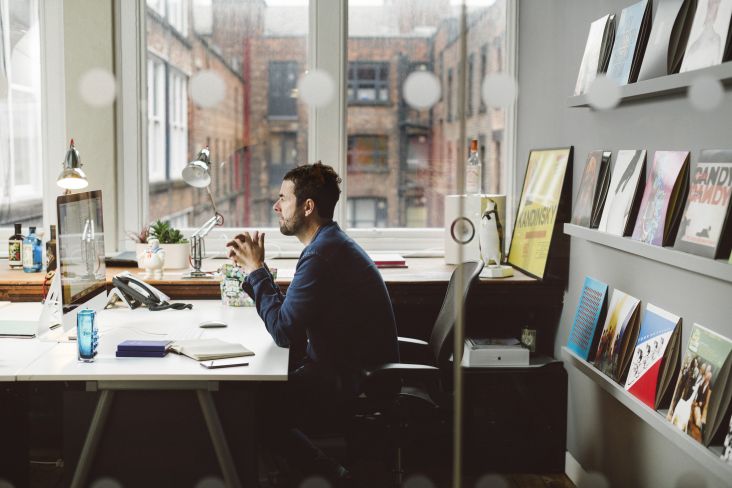Predictions for creativity in 2023 with honest insight from industry leaders
We canvas leading voices in the creative world to find out what they think will happen in the coming year and how we can prepare for it.
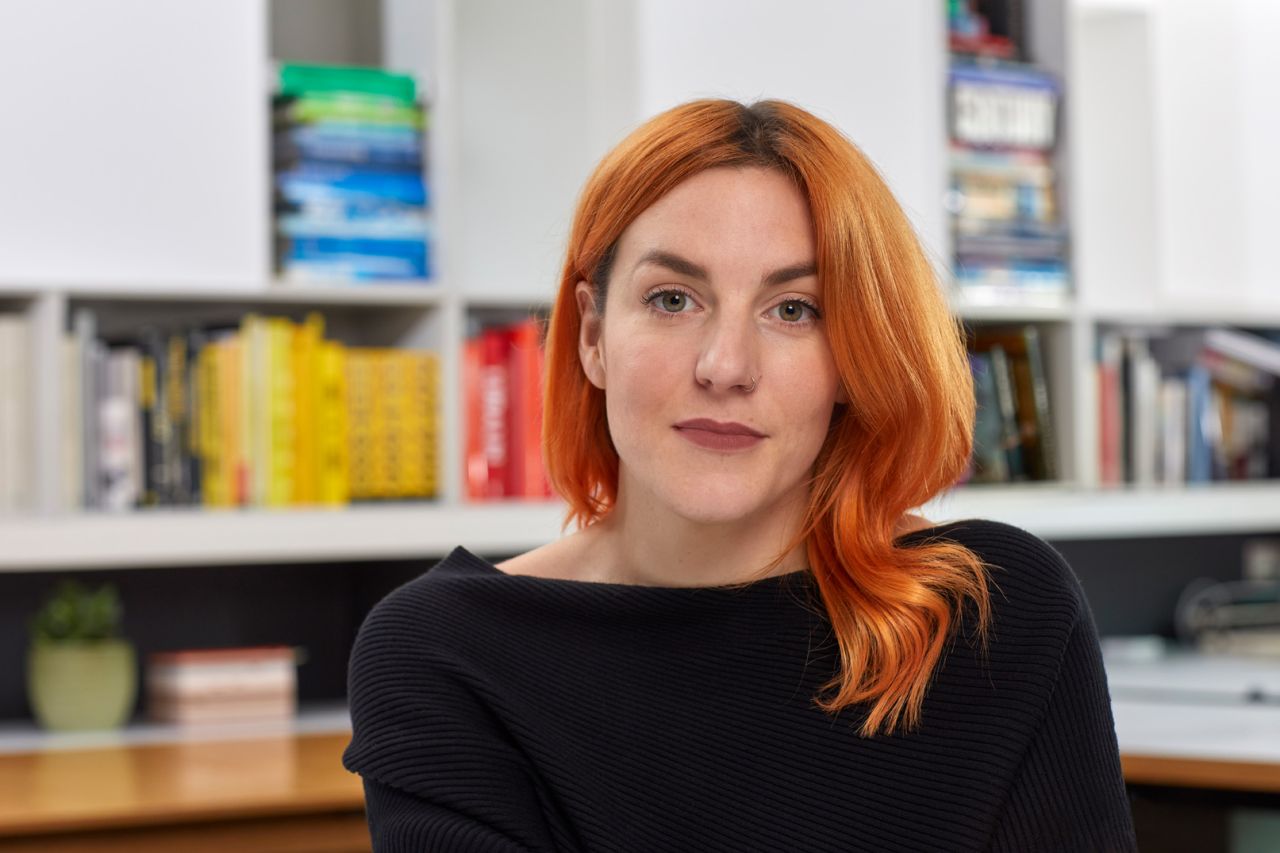
Rachel Cook, Managing Director, Thompson
Who's looking forward to 2023? In truth, the beginning of a new year doesn't feel so exciting or filled with promise this time around. We've had three especially tough years, dominated by the pandemic, collapsing supply chains, a war in Europe, an energy crisis, political chaos, and recession. And the next one doesn't look like it's turning out great, either. So if you just feel like hiding under the bed sheets and not doing anything, we wouldn't blame you.
At the same time, the world has been through worse and come out the other side, and at Creative Boom, we count ourselves among the optimists. But a positive attitude doesn't mean ignoring problems: it means facing them head-on. For instance, plenty of people and companies prosper during economic downturns, but it mainly tends to be those who are prepared and put in the necessary work and planning.
It's difficult to plan, though, when you don't know what's around the corner. To help you out, we've gathered the best predictions for what will happen to the creative industry in 2023 from some leading voices. This might not sound like an easy read, but it's necessary because facing up to potential problems is the first step to finding the right solutions.
1. The economy will contract
There's no way of sugar-coating it: we are in for hard economic times. Jesse Reed, co-founder of Order is among those predicting that 2023 will see a continuing contraction in marketing spend globally, as spending power is sucked out of the economy. And unfortunately, that means that creatives will have to work even harder to secure business. But it's not all bad news, he believes.
"Smarter brands don't see marketing spend as discretionary and will know that in a downturn, their creative marketing can help them to take up a bigger spot in the shop window," says Jesse. "So in many ways, it's a positive opportunity for creatives to maximise the impact of their work in grabbing a bigger market share for their clients' brands."
And it's not like there isn't room for improvement. "The last few years have been characterised by brands throwing spend at digital advertising, which has become less effective every year as platforms become saturated, customers wise up or simply struggle to differentiate," says Jesse. "Good creatives with an empathic understanding of their audience and a talent for taking ideas where their client's competitors fear to tread should have no fear of 2023. They'll be in high demand."
Above all, then, it's about being flexible and ready to react to a fast-changing world: not just now, but for the foreseeable future. "2022 will be defined as the year everyone realised 2020 wasn't a blip," says Jesse. "We're now in the epoch of the perma-crisis. For brands and the creative industries that serve them, it's highlighted the importance of continuously being agile in calibrating tone and messaging in their creative campaigns and advertising. Brands need to understand what's prominent in their customers' minds and what's leading their decision-making – something that is in constant flux at the moment."
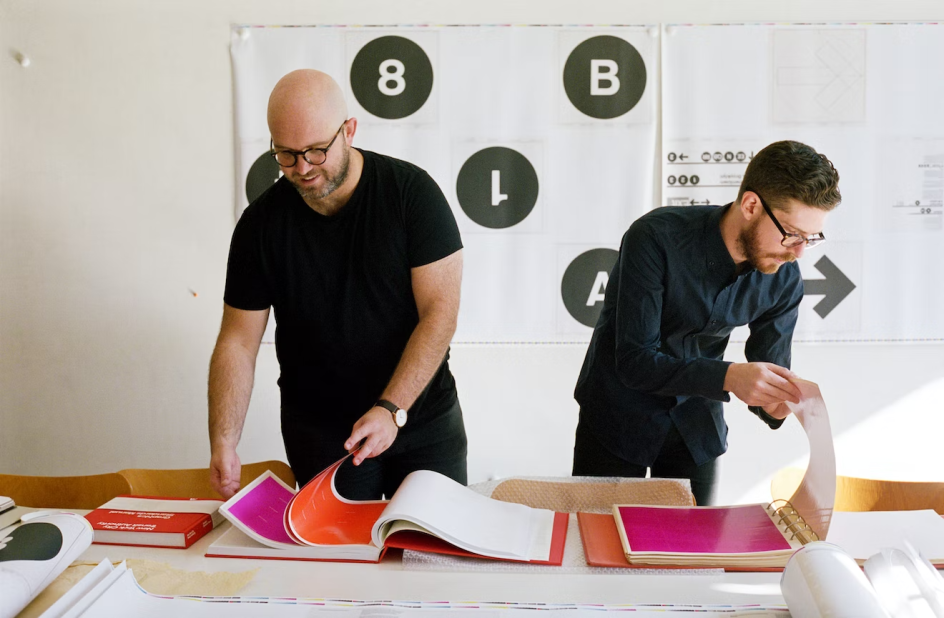
Jesse Reed of Order (right)
2. Prompt invoicing will prove crucial
While there may be opportunities in a spiralling economy, that doesn't mean there won't be multiple dangers lurking. And Geoff Bretherick, creative director at Fablr, offers a cautionary tale from the last 12 months.
"2022 was a year of witnessing major shifts within our clients' industries," he says. "A lot of ups, but a few downs. Everyone's been reshaping from the pandemic, and from what we've seen, taking more risks with bigger opportunities. In theory… great! That said, we had an unfortunate experience with a couple of partners that started as major contracts, and then suddenly, the organisation lost their CEO, CMO, and over 50% of staff. Where does this leave graphic designers? Not in a great spot!"
The lesson Fablr has learned is the importance of keeping your output in sync with invoices. "In one case, we had let three months of invoicing go unpaid because we thought there was mutual trust in our partnership," Geoff explains. "Indeed, maybe it began as so. But when C-suite personnel start dropping, their 'word' means very little. To that end, we still highly recommend, if you don't already, billing at a consistent monthly rate, as opposed to the percentage of work done to date. Because right now, 'We're good for it' means peanuts."
3. There'll be a tight focus on costs
John Ramskill, executive creative director at BrandOpus, echoes many agency leaders in thinking that the bottom line will be all-important in 2023, both for studios and the clients they serve.
"Increased costs have resulted in our clients wanting more for less – even more so than previous years," he points out. "This has meant that we are getting better at focusing our thinking sooner and aligning our teams so as not to waste time and money.
"Fast and fluid lines of communication have been made easier by being back in the studio and having quick conversations on the fly, rather than having to schedule calls over teams. Being more efficient AND effective allows us to meet the needs of our clients while still delivering the high quality of work that BrandOpus has always produced."
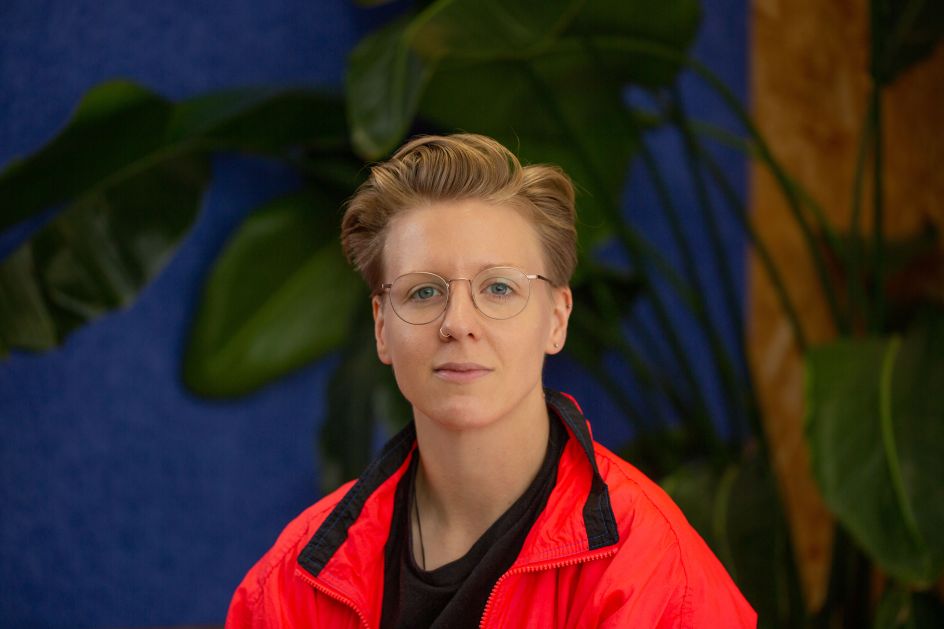
Jo Barnard, Founder and Creative Director, industrial design consultancy Morrama
Jo Barnard, founder and creative director at industrial design consultancy Morrama, has also been feeling the strain. "The brief feeling of relief seeing the back of Covid at the beginning of the year was short-lived," she recalls. "2022 has been another challenging year with cuts in creative spending as businesses look hesitantly towards an unpredictable 2023.
"This pressure can quickly translate into exhaustion and burn-out as we fight to keep the pipeline of work flowing and hit our own growth targets," she continues. "So in 2023, we will instead be seeing creatives focus on growth in other ways: working on internal projects, deepening their education and building a culture of support and wellbeing both within their teams and their network."
4. Retaining talent will be a real challenge
On that last point, studio heads must strike a careful balance: motivating creatives to do more and better without driving them away. Because as Abb-d Taiyo, co-founder of design and impact agency Driftime, says: "The great resignation is real! It has become increasingly harder to find great talent, let alone keep them fulfilled in the team and company dynamic.
"In the UK, a fifth of workers are expected to leave their roles according to a study by accountancy firm PwC," he adds. "Although there are many reasons, two of the primary ones are purpose and balance. When we look to invest in our people, it's going beyond the obvious of 'increased pay' and starting an open conversation with your team on what they want."
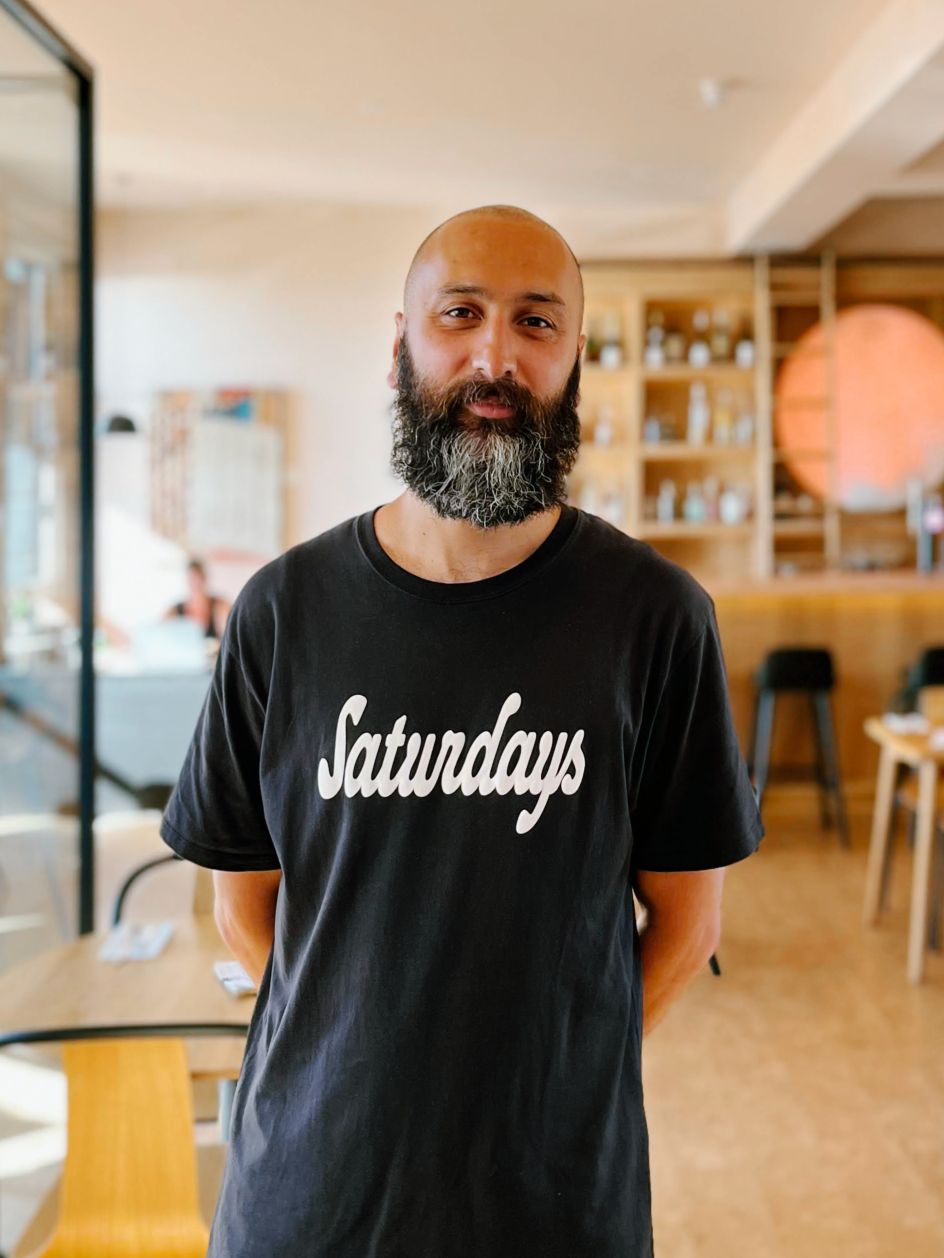
Abb-d Taiyo, co-founder of design and impact agency, Driftime
For Driftime, this investment has been actioned in the form of complete autonomy, four-day work weeks, unlimited paid holidays, wellbeing perks, and incentives such as £1K for each employee towards the cost of living crisis. "This, combined with a strict policy on impact-driven partners, clients and projects, means our team get a real sense of feeling fulfilled and driven by what we do," says Abb-d.
5. Employees will get more power
Is one way to retain talent giving it more power and influence within the agency? Rachel Cook, managing director at Thompson, believes so. "This year, tired of everyone agreeing with each other, we disbanded our non-executive board, binned off our leadership forum, and introduced an employee board," she says. "The aim was to introduce a healthy challenge, diversify the voices in the room, and give the whole team a chance to decide how we do things. And it's been a rollercoaster, with learnings at every turn.
"2022 taught me if you ask for honesty, you'll get it, and you need to be ready for that," she continues. "The first meeting was about employee benefits, and the team turned up with a ten-page printed, stapled document of feedback, asking for loads more holiday, flexible working and heaps of other great ideas. I admit I wasn't quite ready for it, but the feedback was great, and I'm so glad they took it seriously. We needed to hear it."
Rachel has also learned that it pays to act fast. "We've stayed true to our promise to action something from every Employee Board within six weeks of the meeting; within a couple of weeks, we rolled out an extra three days of holiday per year. The positive repercussions weren't just because of the free days off, but because it helped build the trust and confidence of the team that we weren't just smiling and nodding, but actually acting.
"Finally, I've learned that the benefits of doing good stuff are bigger than you might imagine. The Employee Board told us that they thought the forum would be good for them to get insight into how business works, give them confidence, look good on their CV, and be a great recruitment message, too. And I love hearing the team telling potential recruits or clients about the employee board: they took a small idea I had in the shower and made it much more awesome."
6. The creative profession will redefine itself
Typically, in a recession, big companies see design and other creative services as an easy cost to cut, to help balance their budgets. So Max Ottignon, co-founder of Ragged Edge, believes the industry must counter this by reframing itself. "We need to change the perception of creativity from a luxury to a necessity," he argues.
"In 2022, we've all had to get pretty good at thriving in adversity," he continues. "2023 doesn't look like it's going to offer much respite, so the onus is on us all to demonstrate that creativity can give businesses a vital edge when times are tough. It's time to prove how valuable our skills are. That starts with asking the right questions in the first place. It means digging deep into the underlying business challenges and genuinely solving those issues in ways that feel tangible and devoid of marketing bullshit."
Max believes this is in our power to do so, as long as we strike the right attitude. "This is a time for clarity, rigour and a healthy dose of pragmatism," he says. "But it's also a time when creativity can be the difference between success and failure. And if we can prove we're irreplaceable when times are tight, just imagine the possibilities when things pick up."
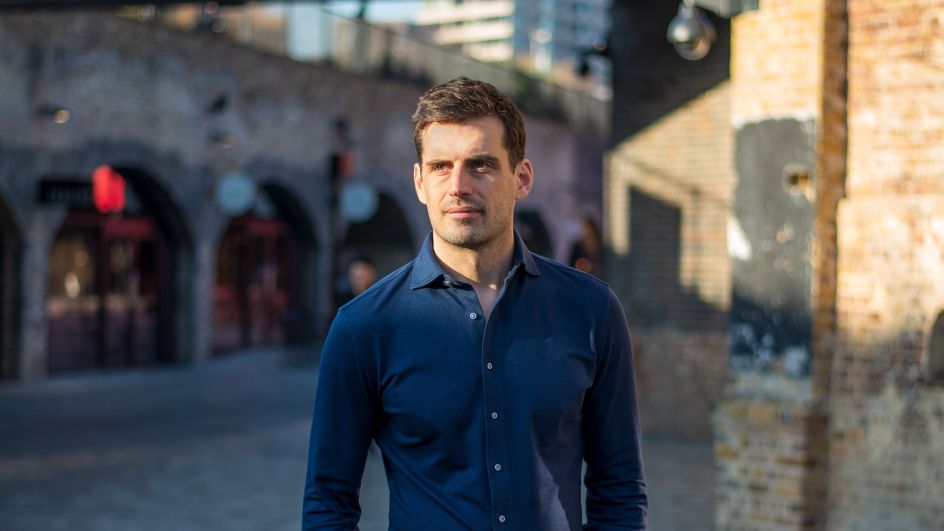
Max Ottignon, Co-Founder of Ragged Edge
All that, of course, is easy to say, difficult to do. But Kirsty Minns, executive creative director at Mother Design, offers some advice on a personal level. "We entered 2022 with such uncertainty after the pandemic and have since navigated even more global challenges, from economic unrest to the climate crisis," she explains. "And a lesson I used this year is to adopt a beginner's mind.
"A client of mine was obsessed with this idea called shoshin, which originates from Japanese Zen Buddhism," she explains. "It refers to the idea that the more you know about a subject, the more likely you are to close your mind to further learning. My interpretation of this was to challenge how things were done before, embrace unorthodox ideas and test new ways of working. New working models in the office were tested, new methods of coming up with ideas were embraced, and new ways of inspiring the team were implemented."
7. We'll continue to mix WFH and in-person
After the shift to remote working in 2020 and 2021, this year has seen a steady flow back to the office. It's great to be able to meet each other physically again, at least a couple of times a week. But many have resisted the idea of a full return to five days a week, and so the hybrid model seems set to continue into 2023.
"One positive outcome of the Covid shitshow has been a far more healthy approach to flexible working," says Melissa Robertson, CEO of Dark Horses. "We will never go back to 100% bums on seats. Or at least, I genuinely don't believe we should. But this brings some challenges around culture and proximity development opportunities, particularly for the younger cohorts. This year has seen too much confusion and agonising around hybrid and remote working. Should we let everyone be entirely free to work wherever they want, whenever they want? Or should we introduce draconian rules that dictate where and when they need to be 'in person'?
"The key to cracking this will be building more mutual trust with our teams," she continues. "We need to allow our talent to make the best decisions for them and create environments where people enjoy physically being there when it works for them and their teams. We must continue to listen, adapt, and flex, understand people's motivations and support systems to be happy and do their best work."
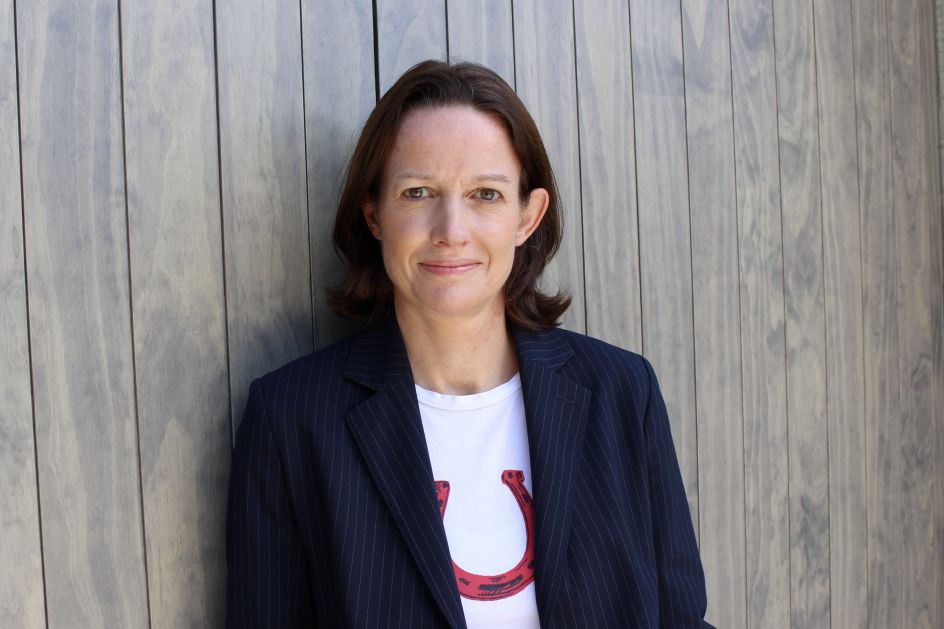
Melissa Robertson, CEO of Dark Horses
Adam Weiss, founder and creative director at Landscape, has also been striving to strike the right balance and make the best of both remote and in-person working. "Working from home is something the entire team has embraced since the pandemic began," he explains. "We've converted our previous studio space into a home for DOG, an experimental, community building, and IRL event space.
"While we love the time gained by mitigating our commute and extra square footage gained in the homes of our teammates, the highlights of nearly everyone's year are the times we're together for the events at DOG," he adds. "And so, we're working on enriching and supporting our internal culture in the WFH reality during those times we're connecting remotely."
For Charlie Hughes, strategy director at Echo, the new freedoms of 2022 have felt a little like a mixed blessing. "Coming out of the pandemic, there was this strange blitz spirit," she says. "We'd hunkered down, pulled together, and come out the other side. And now, although things haven't exactly returned to 'normal' (we're still working remotely a few days a week, with most of our client meetings on Zoom), there's this slightly anticlimactic feeling of returning to the grind. We're back in Pret, choosing between the same two sandwiches and wondering, "was that it?".
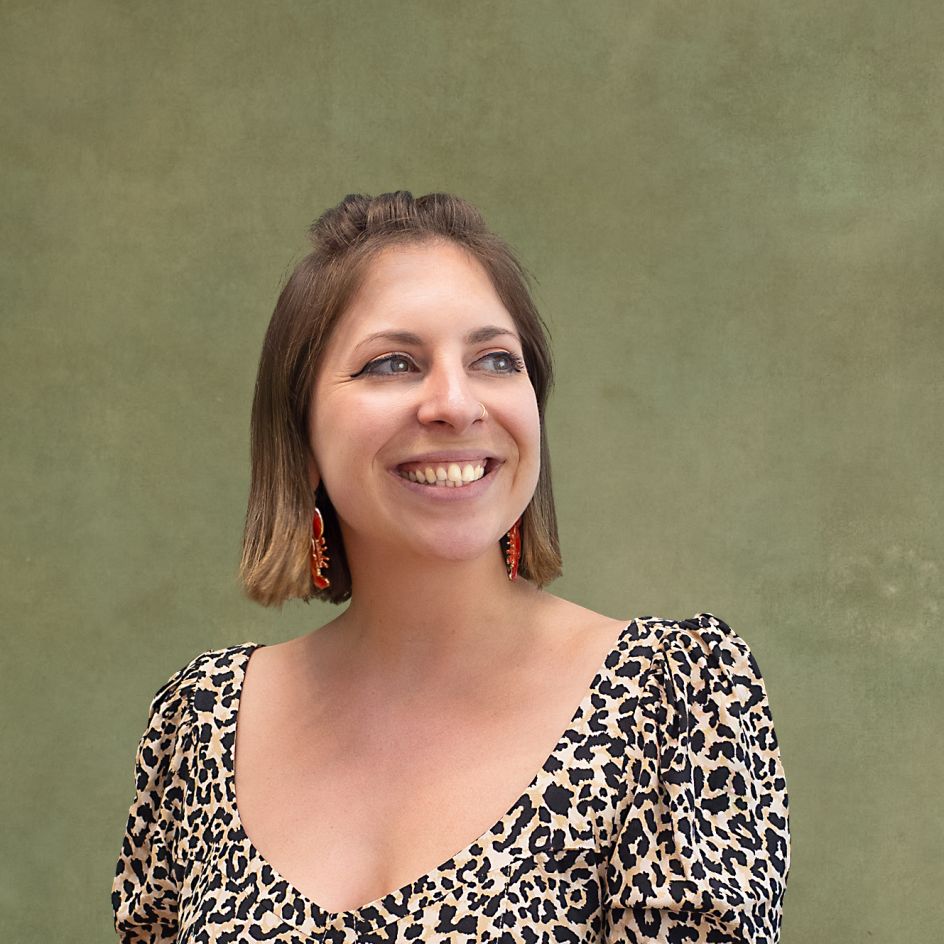
Charlie Hughes, Strategy Director, Echo
Her biggest learning this year, then, is this: "As discipline and business leaders, we need to give our teams something new to unite around. To avoid energy waning, we need a clear vision of what we're collectively working towards and why. Whether big and lofty ambitions or small, short-term wins, a shared sense of purpose, coupled with a culture that values the contribution of every individual, is crucial to maintaining a motivated team.
"Contrary to my stubborn protestations over the last decade, I've also learnt the power of hot desking," she adds. "Yes, sometimes you get in last and get stuck under the air con, but there really is a benefit to mixing it up and sitting next to someone different every day. It's more creative, it's more productive, and it's often more fun."
8. We'll embrace the metaverse
Doriane Naufle, creative director at FutureBrand Paris believes that in the coming year, studios will be thinking more deeply about how to refine mixed working.
"If 2022 was a learning curve for hybrid working, then 2023 needs to truly define what hybrid working looks like," she believes. "As creative agencies, we must find the perfect formula to value the best of both worlds and create spaces that foster that. Multiple lockdowns have accelerated powerful and exciting tech. In the coming 12 months, we must embrace the metaverse and what it can offer while balancing the culture and creativity for which the design sector is known."
In 2023, then, she'd like to see ways in which studios can experiment with new tech while keeping the benefits of the more traditional means of interacting and creating. "Tech should be considered a supporting tool," she argues. "If it's used too much, we risk losing the heart of what makes the sector what it is. We also don't want people to feel forced to come back into the office. We want them to actively want to because of what it can offer. It will be interesting to see how agencies play with tech to reap the benefits of remote and in-person collaboration."
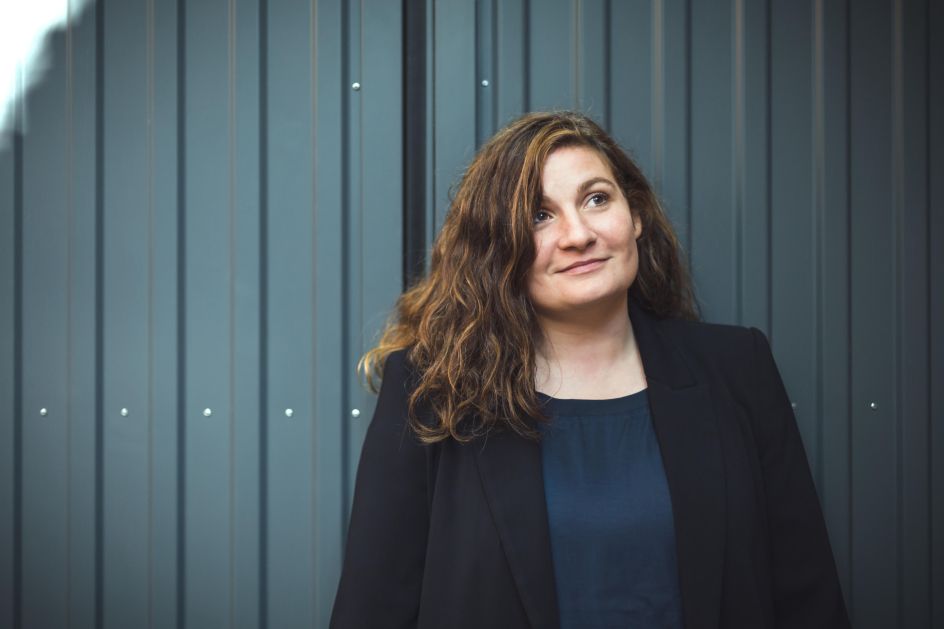
Doriane Naufle, creative director at FutureBrand Paris
"WFH has shown what people can achieve," she continues. "In 2023, we need to promote autonomy. Leadership is needed, but breaking down the hierarchical structures we've seen traditionally gives much-needed junior members a feeling of empowerment and belonging. Not only will this bolster good energy internally, but it will be attractive to potential applicants after a year of recruitment struggles across all sectors."
9. Relationships will grow deeper
Relationships have always been key to the creative industry. But at a time of perma-crisis, Adam Weiss believes they'll continue to grow in importance.
"Everyone has challenges going on in their lives," he says. "And so recognising that there may be moments of tension between teammates, or clients, or external partners is probably going to be par for the course if the visions are bold, the discussions discerning, and the teams are expending a ton of energy searching for new ideas. Being able to press pause in a world that likes to move very quickly has been an important part of 2022's learnings."
Plus, outside of immediate business relationships, our relationships with society, in general, are deepening, too.
"Lately, we've had visibility to lives so different from our own," says Adam. "Clients impacted by the justice system, sexual assault, or living in a world that hasn't been designed to be inclusive. They are inspiring and humbling, and their experiences are so honestly unfathomable that it nearly reframes everything. It makes design seem somewhat unimportant, and yet it is also the wind at our backs, reminding us to use the skills we do have, to support the people, communities, and organisations pursuing a sustainable and equitable future."
10. We'll start to rethink the words we use
As you'll have noticed, society has recently been having a bit of a debate about the words we use. And this isn't just about political correctness: the creative industry is wrestling with how our language promotes an unsustainable society that's at odds with our personal goals.
At the front lines of this issue is Fiona McNae, CEO and co-founder of Space Doctors. "This year, we engaged our international network of local analysts, cultural insights and semiotics experts to better understand the language being used across the industry and business as a whole," she explains. "The words we use daily have an impact – the typical language we use to talk about success, goals and visions are tied to ideas of winning, ownership, and competition, fuelling the idea that success equals infinite growth in a world of finite resources."
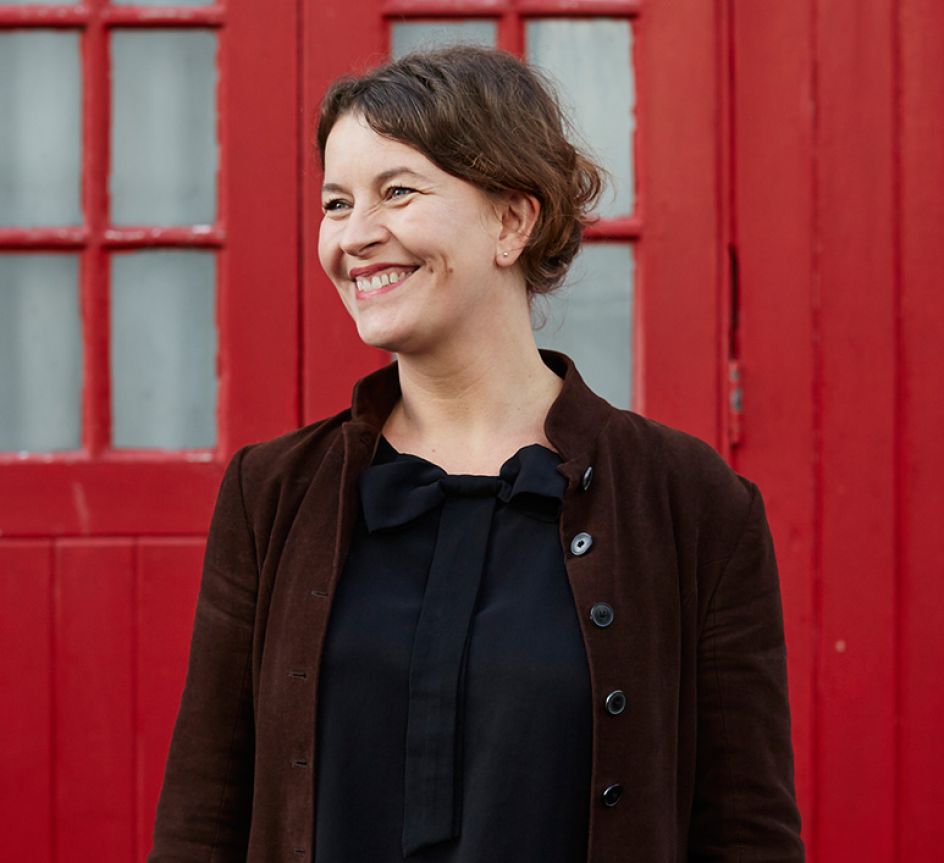
Fiona McNae, CEO and co-founder of Space Doctors
The idea is that changing the underlying metaphors, we use to describe our work can influence behaviour change. "The creative industry has a part to play in the transition to a new narrative that will shape a 'regenerative future' – one in which business, people and the planet mutually thrive," Fiona explains.
"Language is the first crucial step to changing our world," she adds. "Marketers, designers and creative leads all have a role in contributing to this change, moving from competition to collaboration, from white space to fertile ground. And that action can start now, through copywriting, messaging, design language and beyond – using new words for new worlds."
11. We'll take more action on the environment
Of course, sustainability won't just step from choosing the right words: we'll need action as well. And Jo Barnard believes that need will be more urgent than ever in 2023.
"With a growing sense that time is running out for us to make significant changes to reducing carbon emissions, business-as-usual is no longer an option," she reasons. "Within the UK, climate change has been top of the agenda in both politics and protest this year, shifting mentalities even in previously hard-to-reach corners of society. As a future-thinking and emotional industry, we'll see the creative sector prioritise the planet more than ever in their work, seeking more sustainable ways to tackle briefs and taking stakeholders, suppliers and clients on that journey with them.
"An initiative that launched this year, but I foresee growing in 2023, is Design Declares, a climate emergency declaration campaign to encourage designers to take action on the climate and ecological crisis. By acknowledging the emergency of climate and nature, we can educate the wider public and support younger creatives in making changes."
Paul Domenet, partner and creative strategy director at Free the Birds, adds a note of caution, though. "The creative industry must learn to tread carefully," he warns. "Brands cannot align themselves with causes such as climate change without being sure that they are doing everything they can to be sustainable due to consumers' growing awareness of greenwashing."
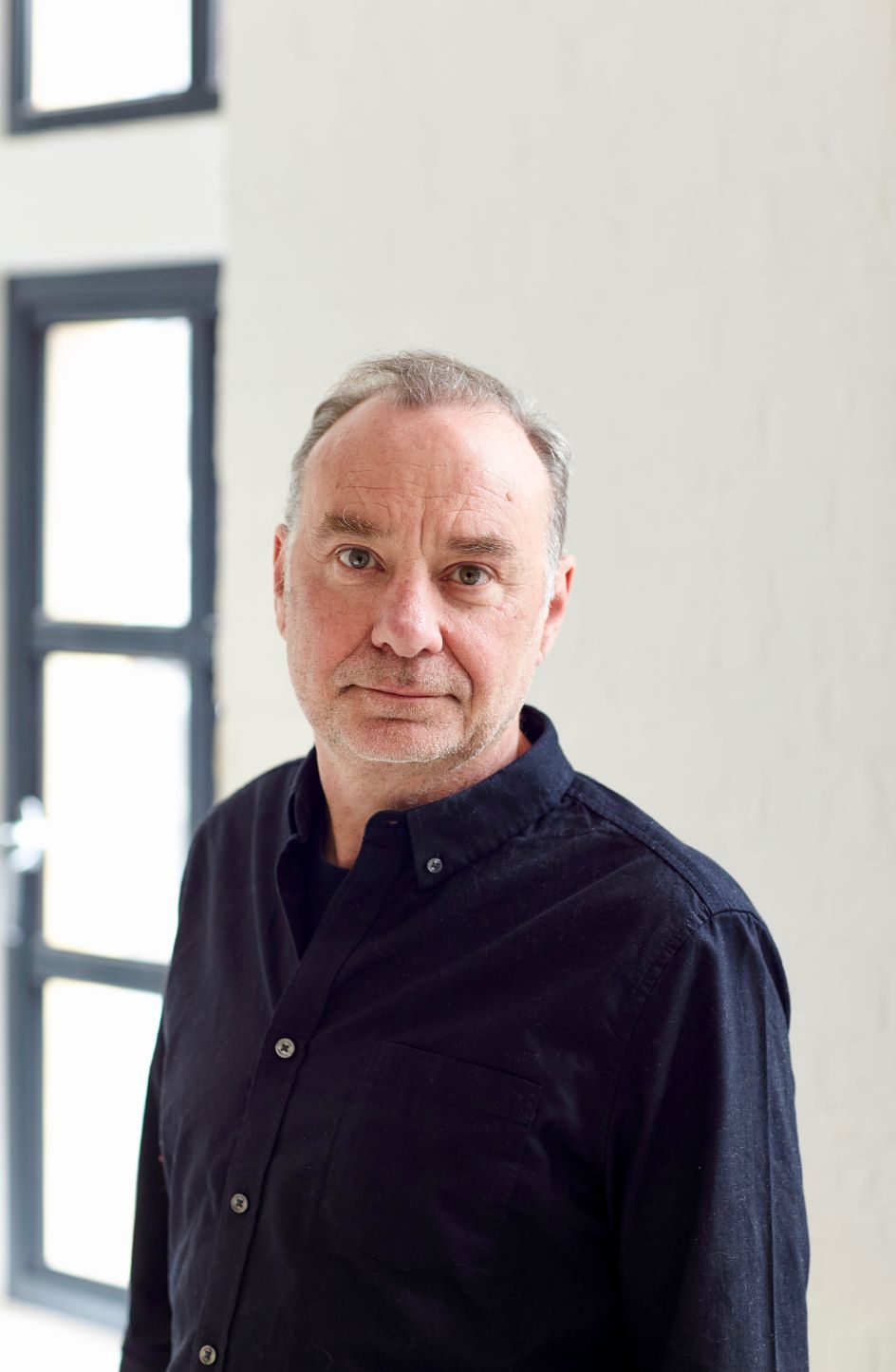
Paul Domenet, Partner & Creative Strategy Director - Free the Birds
"The rising cost of living crisis means that households are having to put more thought into their purchases, and with this, creativity and sensitivity need to go hand in hand," he continues. "For Free the Birds, 2022 not only confirmed that it's important for brands to be authentic and commit to transparency and empathy, but it made us realise that it's our responsibility to push clients to do better."
There's a potential upside to this, though. "The pressure for transparency and need for positivity could see the return of originality and imagination," says Paul, "as brands seek to bring joy back into the marketplace. In darker times, the brands that are self-effacing, honest, quirky and, if they get the tone right, humorous might well be looked on more favourably by consumers."
12. More people will question themselves
Since 2020, many of us have been taking a step back and thinking: 'Is this really how I want to spend most of my life?' And Melissa Robertson reckons this trend will only heighten in 2023.
"Unsurprisingly, after two very unusual years, people are questioning whether this is the industry they want to be in or whether they want to flex their skills elsewhere. The industry isn't about life and death, and in a world where the cost of living crisis isn't going to disappear any time soon, we need to be able to help make people feel fulfilled and happy.
"I can't help but feel that we are also still dealing with the mental health tremors of Covid," she adds. "Not all mental health requires formal labelling, but people need to feel comfortable saying when they don't feel themselves, and agencies need to put in place support to help them manage it. At Dark Horses, we have introduced Spill – mental health support for employees – and it's been of great use and reassurance."

















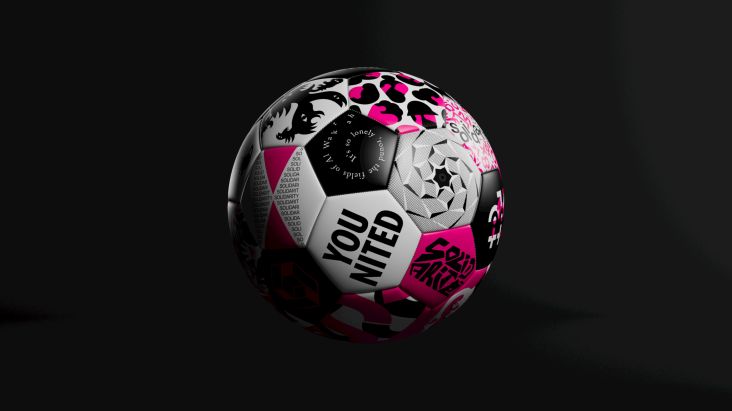
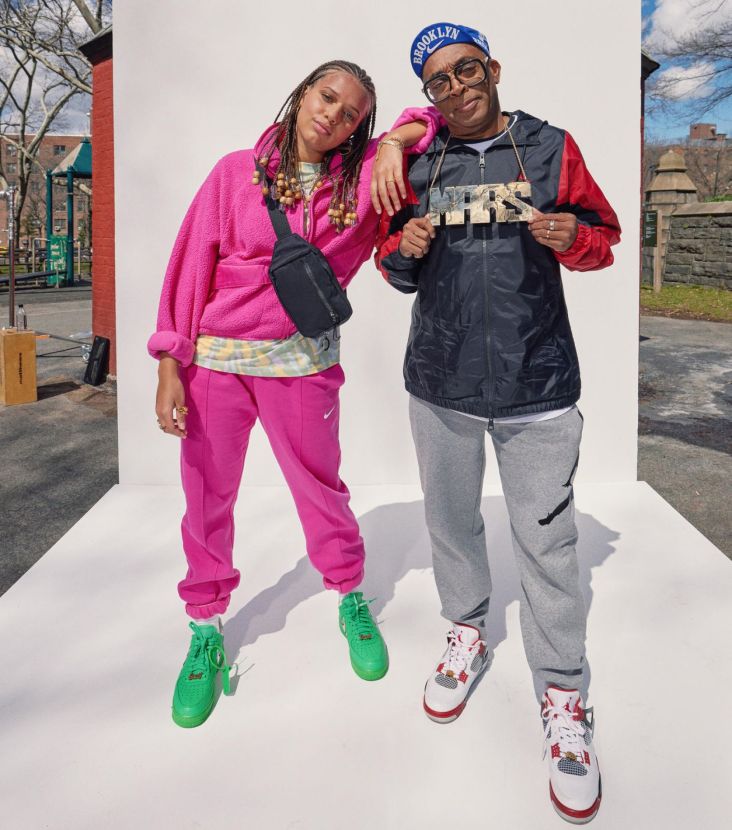
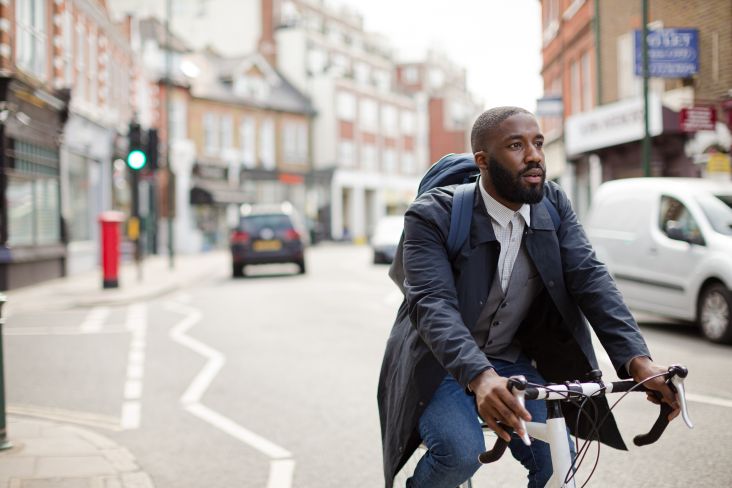
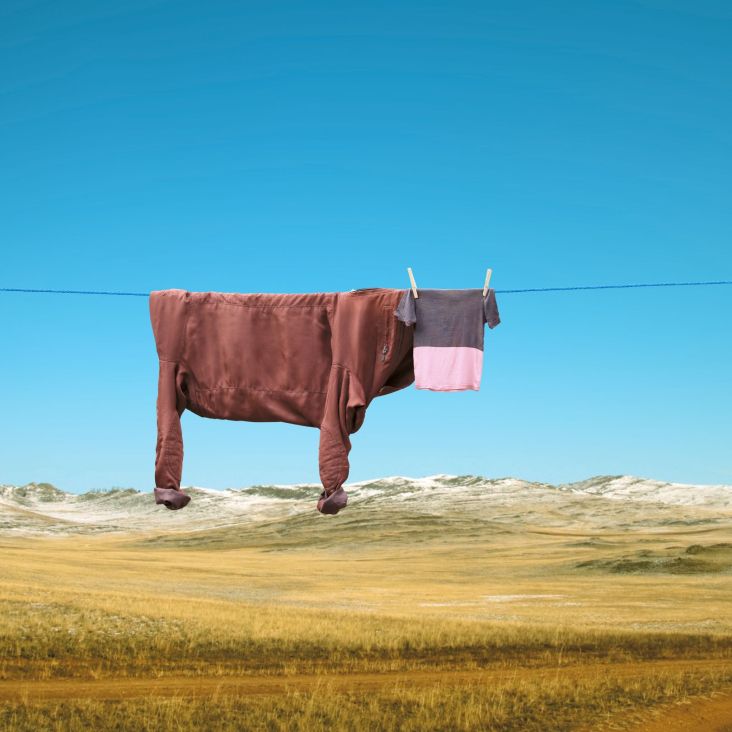
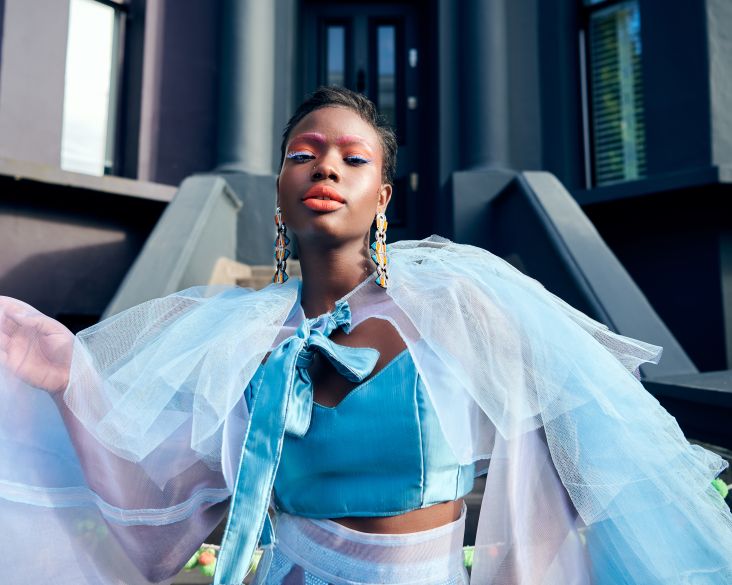
](https://www.creativeboom.com/upload/articles/7c/7c67c49a08509fe07cc876daeb872d58a7026a0e_732.jpg)

